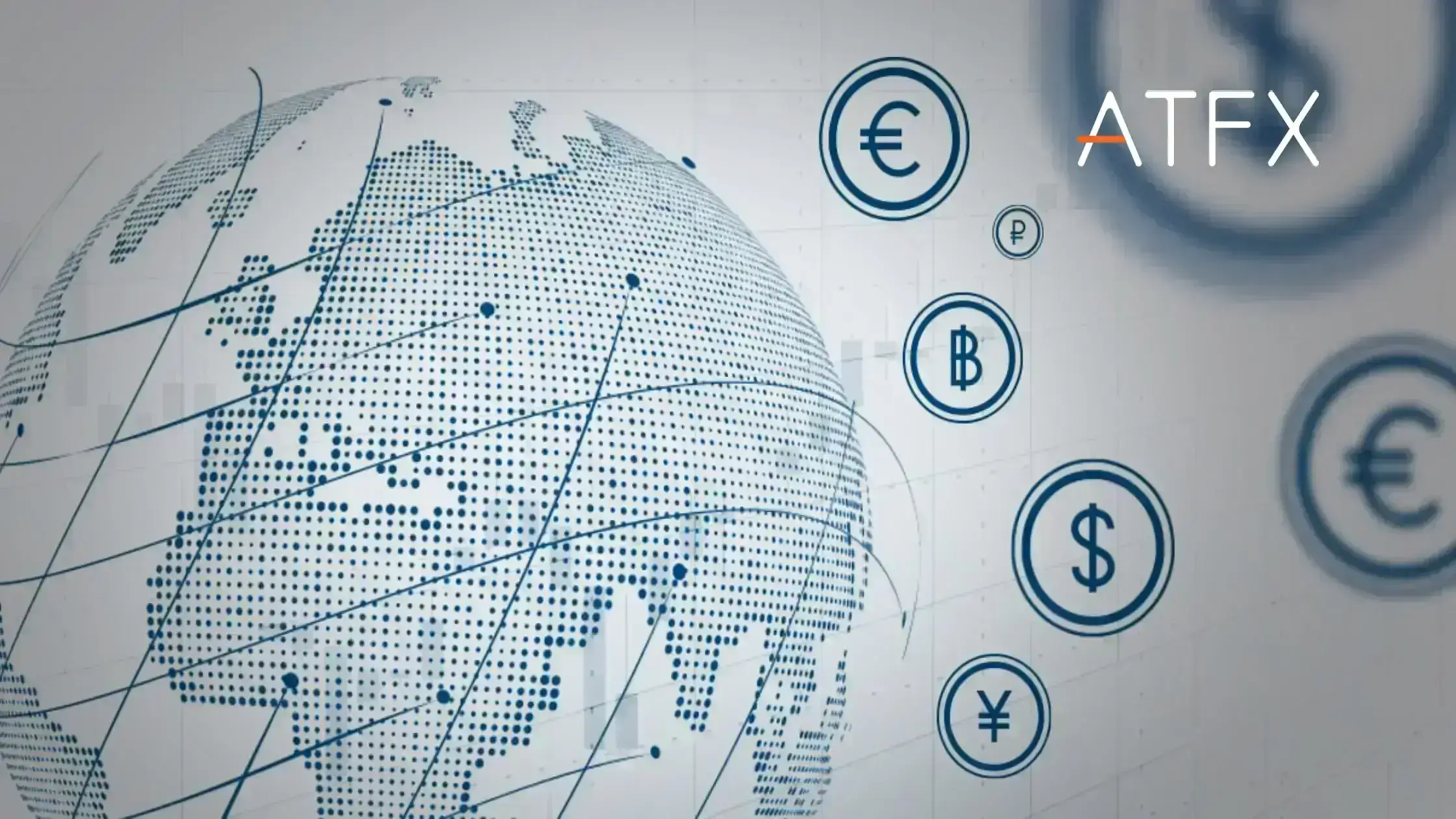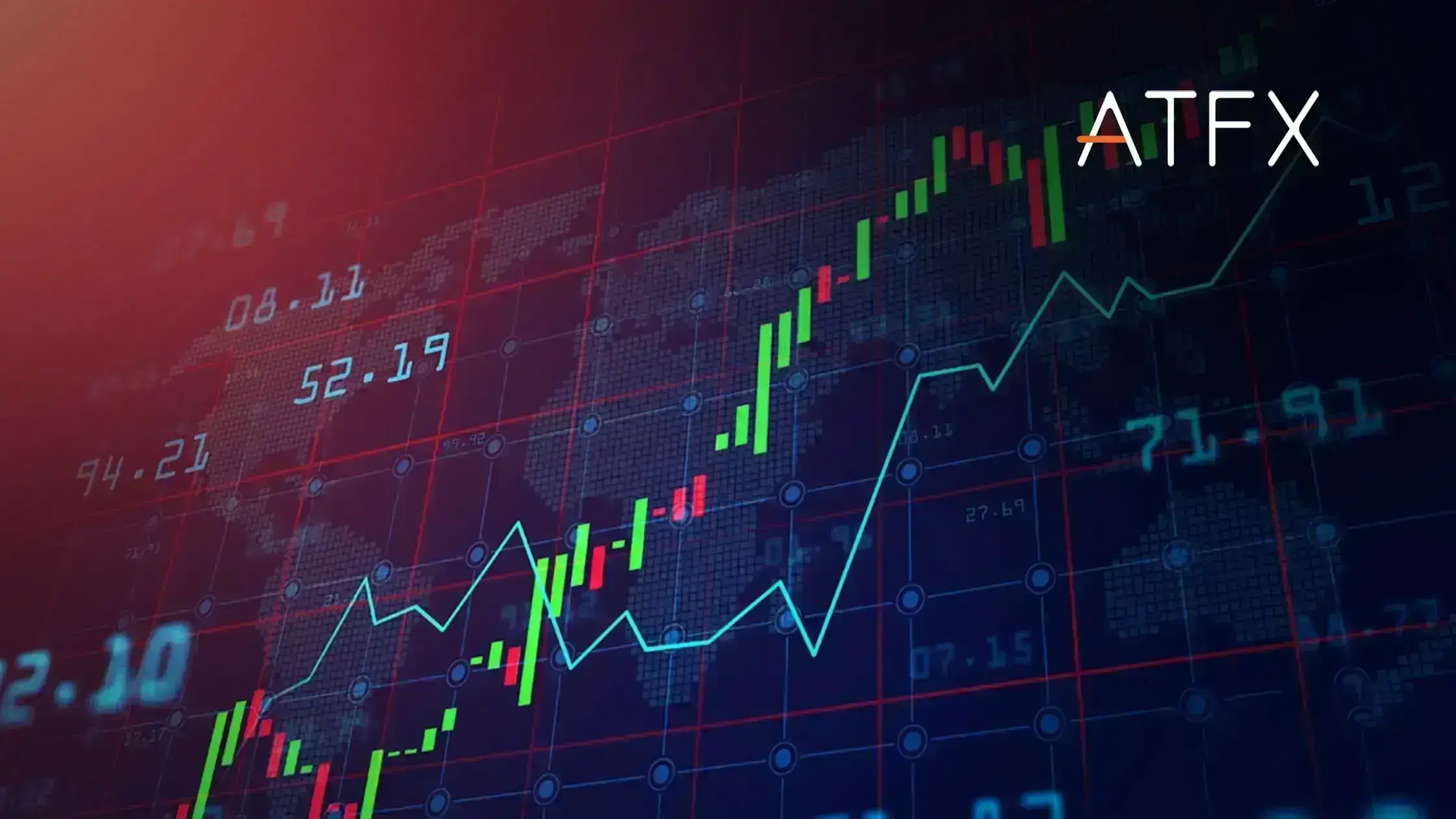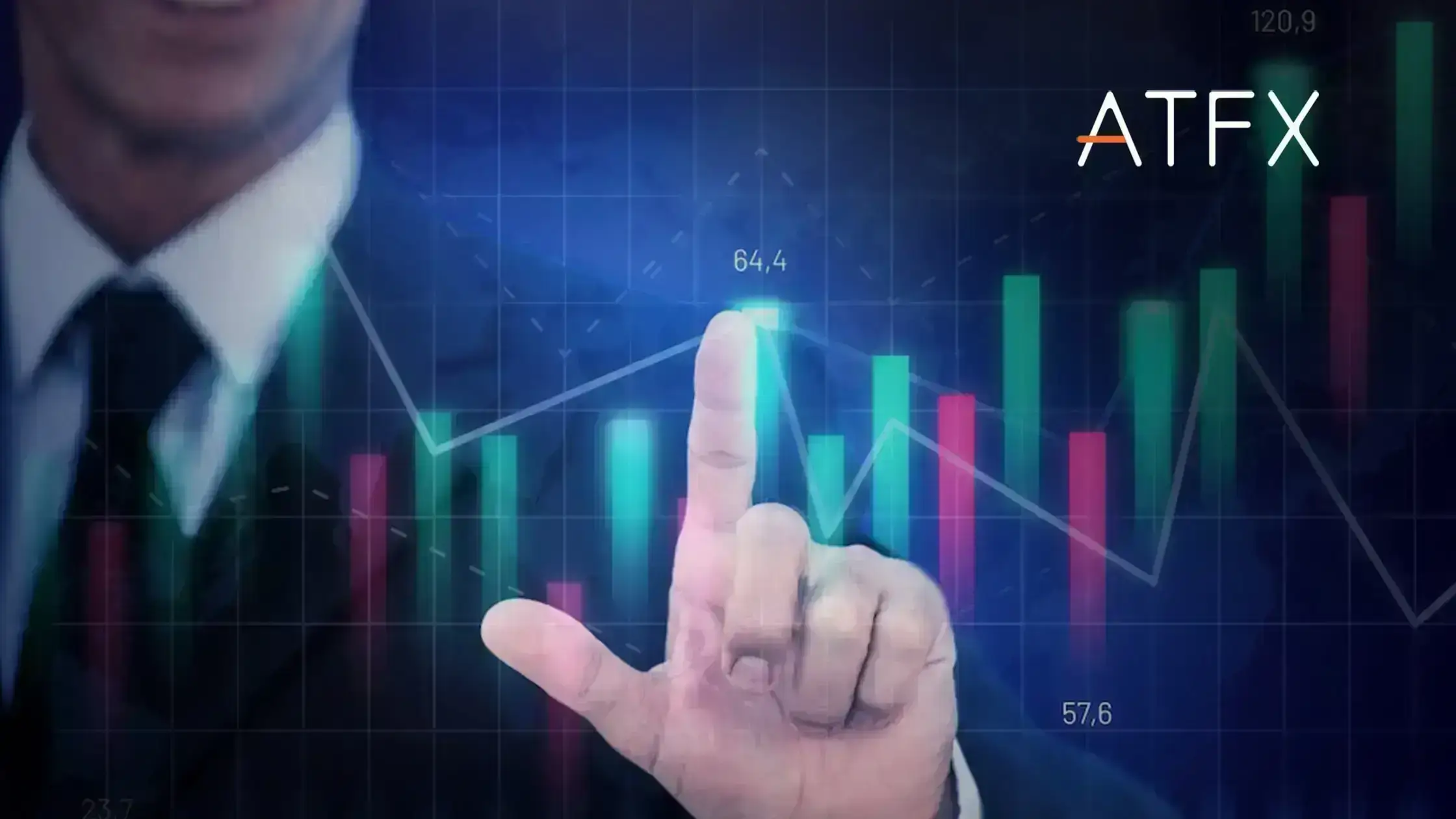Stock ETF has become increasingly popular in the financial market with global asset valuation estimated to be in the range of trillions. Due to its complexity, new investors usually shy away from trading ETFs solely because they lack guidance and understanding about the traded instrument. Exchange Traded Funds possess an ability which enables investors to hold multiple positions across a variety of assets.
An ETF can consist of any mix of stocks, bonds, and commodities, allowing for diversification of assets. Although Exchange Traded Funds are most typically centred around a unique pool of stocks, such as the S&P 500 index fund, it can be further digressed to include stocks with dividends, national investments, growth value stocks, disruptive advanced technology, information technology (IT), medical healthcare, varied bond maturities and others.
ETFs begin the new week on a strong Bullish Momentum
ETFs started this week on a strong uptrend movement after absorbing the losses from last week. This is largely attributed to the diminishing dollar strength on Monday during the Asian session. #ETF- ARGT is up by 1.2% with price at $30.92, #ETF – ASHR is up by 0.6% with the price at $30.08, #ETF EFA is currently up by 0.9% with the price at $67.69. Investors are optimistic that the bullish trend ought to continue all through the day given the aforementioned weakening dollar strength.
ETF Price Factors
Dollar strength and Inflation
Because ETFs are similar to stocks and indices, their price movement is always affected inversely by the dollar strength. Investors are attracted to them when the US dollar proves weak due to the high rate of inflation.
Profitability
Very often, investors tend to choose from the list of those ETFs that have provided good profits in the past. This is today known as the traders’ sentiment towards such ETFs.
Demand and Supply
The price of an ETFs fluctuates daily based on the principle of Demand and Supply in the market. When there are more buyers than sellers; the price will generally rise in the market. However, the price may fall if the number of sellers dominates.
Value
Generally, investors are easily attracted to ETFs which have great potential for higher price value when they are still low. An ETF is under-priced if its net asset value is higher than the market price. Here investors are easily attracted to buying such ETFs in the hope that the market price will overtake the net asset value in the future.
Quality
High-quality ETFs are often chosen as the best option for long-term investment. The quality of an ETF is often considered based on the underlying index or asset class on which the ETF is established.
Traded Volume
The volume of transactions carried out on a particular ETF determines whether more investors are likely to come in. This is because investors paid great attention to the volume of trades placed on a given ETF daily. Volume directly impacts liquidity. Thus, low volume means low liquidity and higher slippage and vice-versa.
| Global XMSCI Argentina ETF (#ETF-ARGT) |
| Xtrackers Harvest CSI 300 China A-Shares (#ETF-ASHR) |
| SPDR Dow Jones Industrial Average ETF (#ETF-DIA) |
| iShares MSCI EAFE Index ETF (#ETF-EFA) |
| iShares MSCI Peru ETF (#ETF-EPU) |
| iShares MSCI Malaysia ETF (#ETF-EWM) |
| iShares MSCI Mexico ETF (#ETF-EWW) |
| iShares MSCI South Korea ETF (#ETF-EWY) |
| iShares MSCI Hong Kong ETF (#ETF-EWH) |
| iShares MSCI Pacific ex-Japan ETF (#ETF-EPP) |


